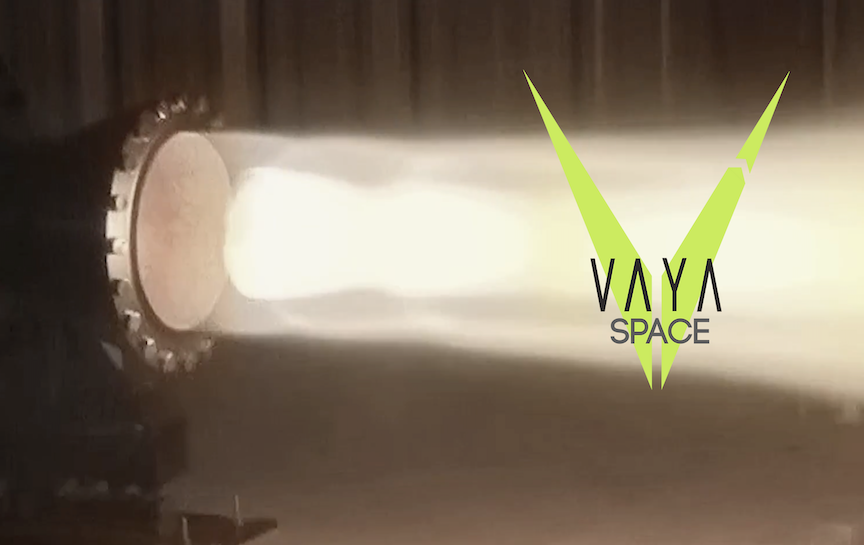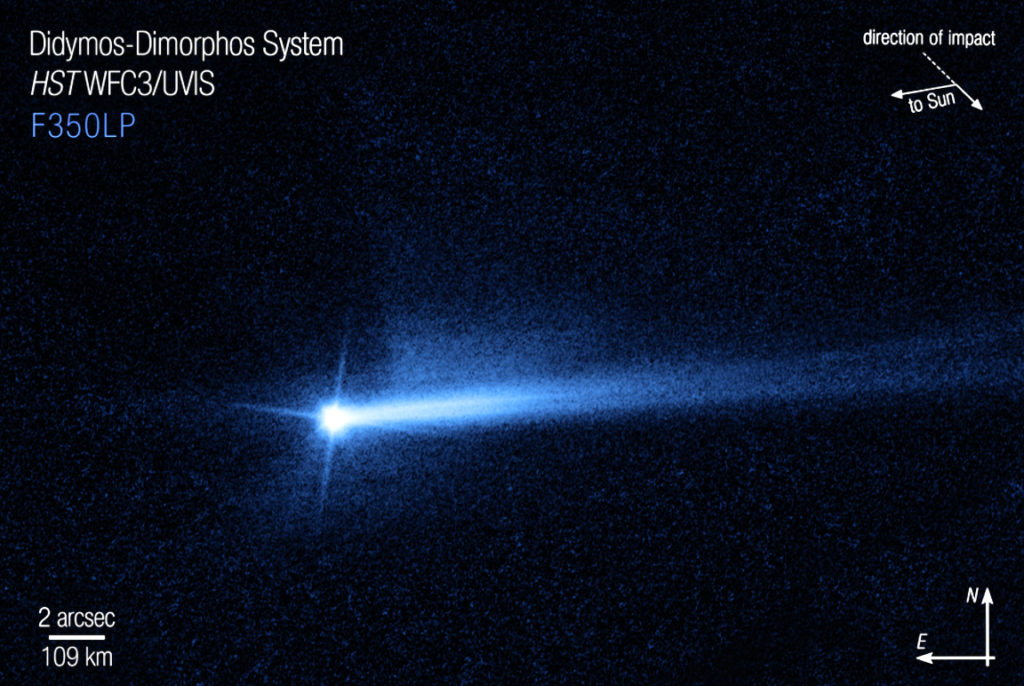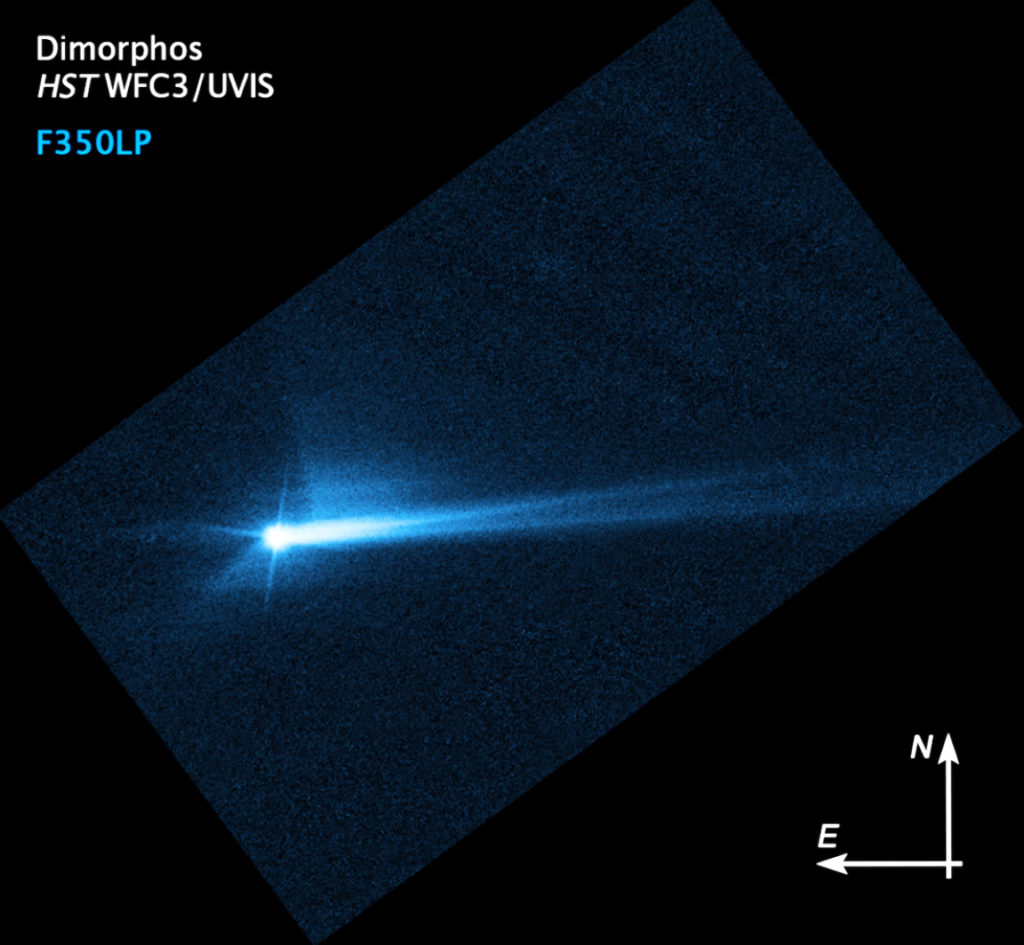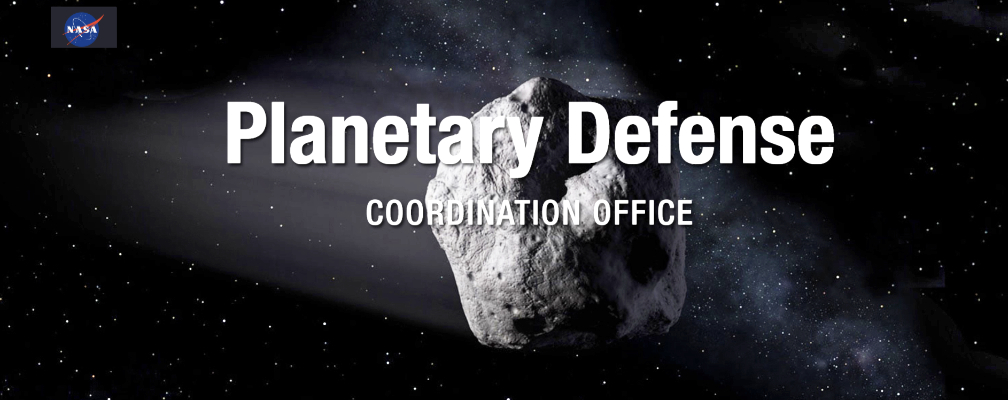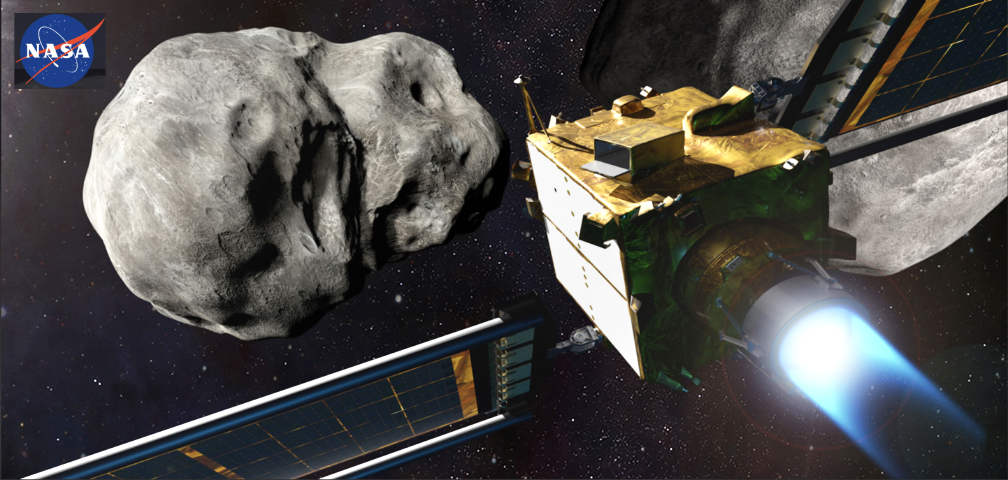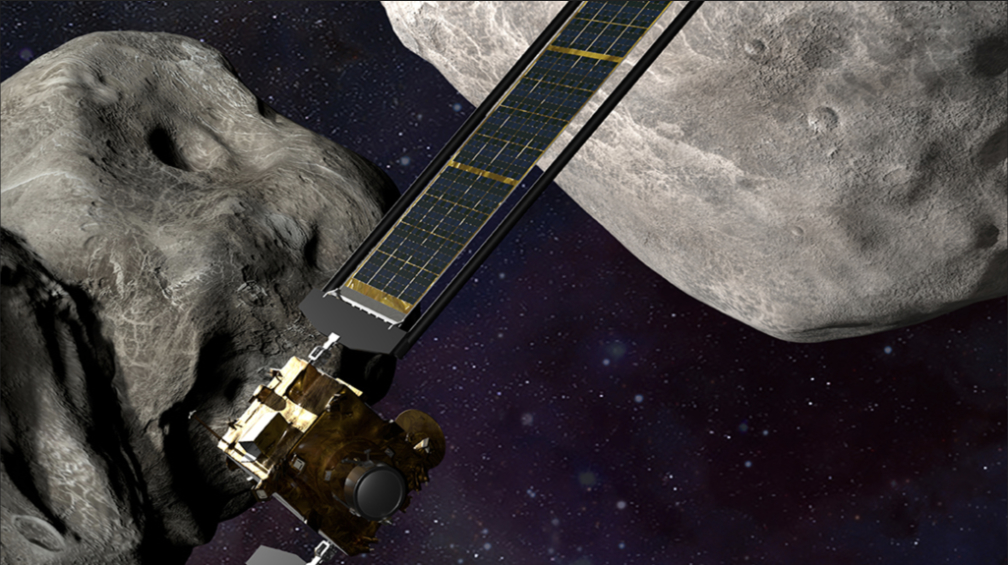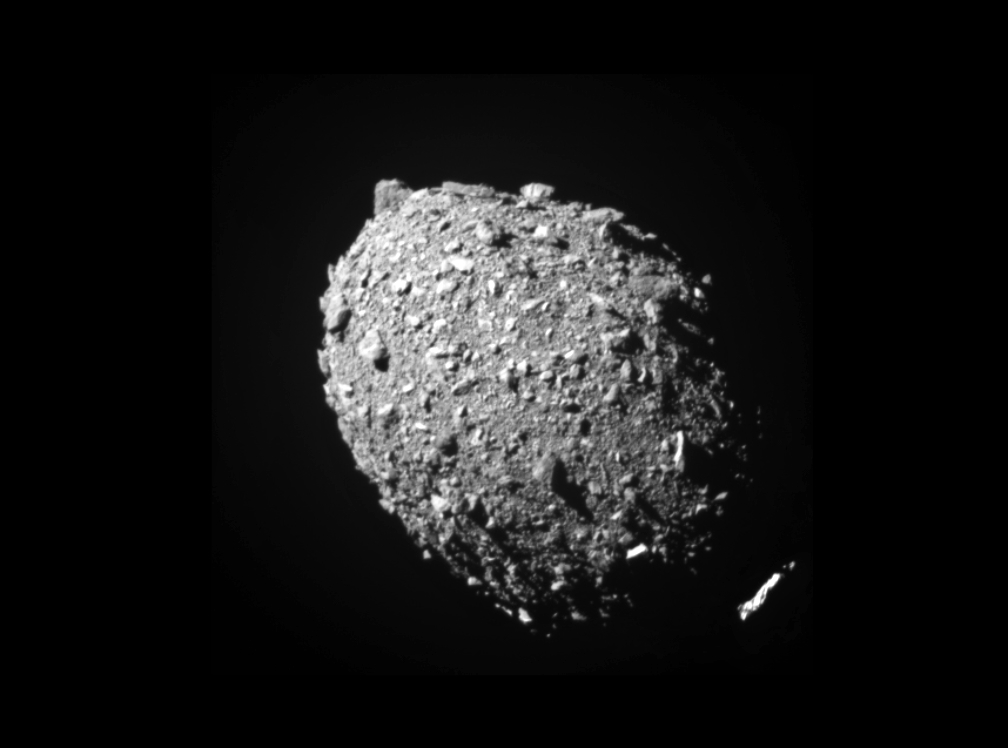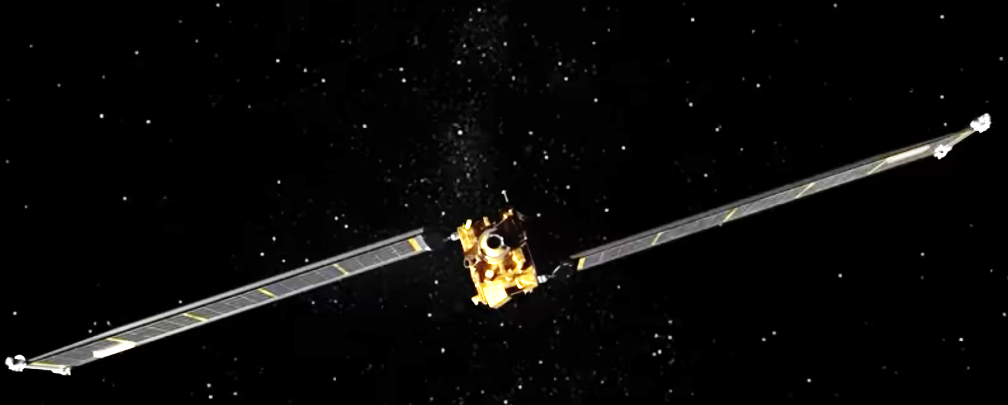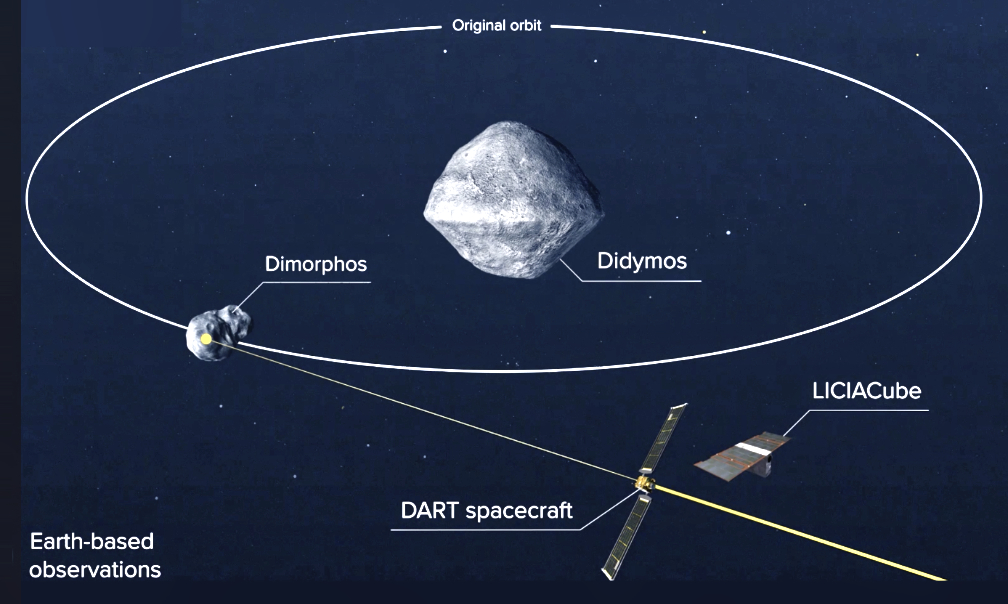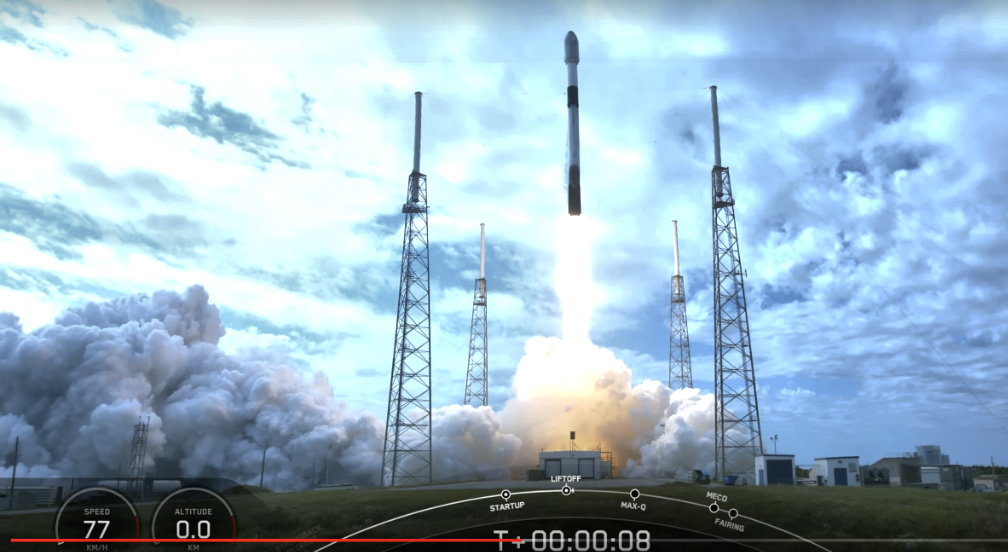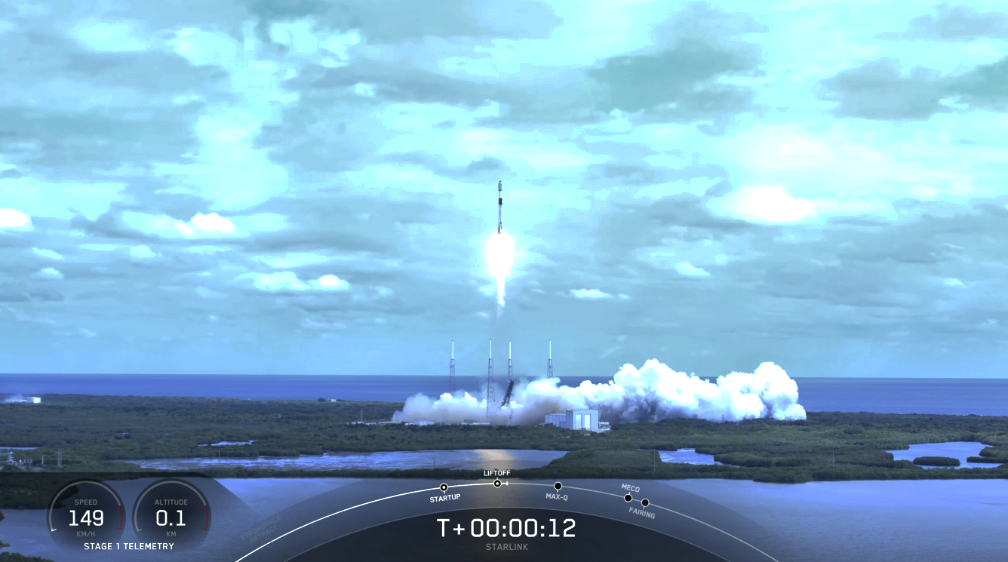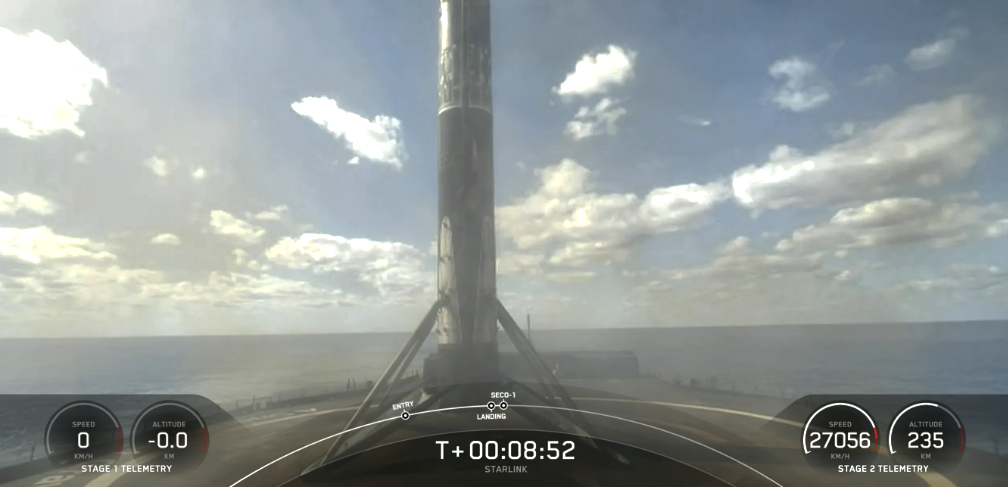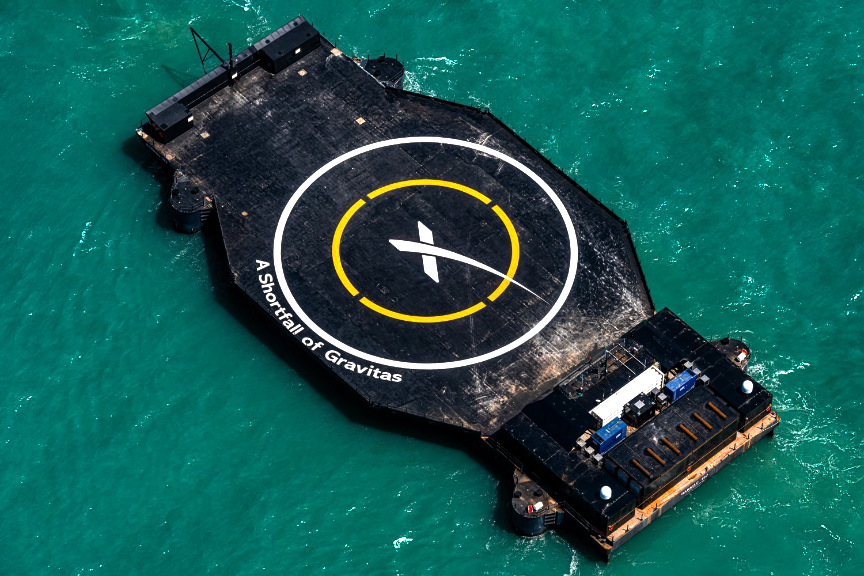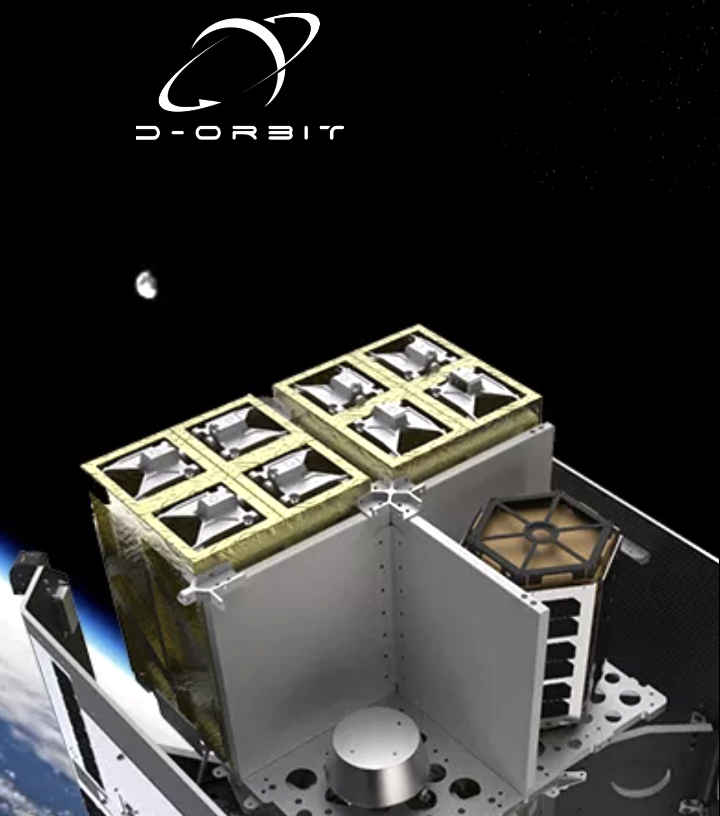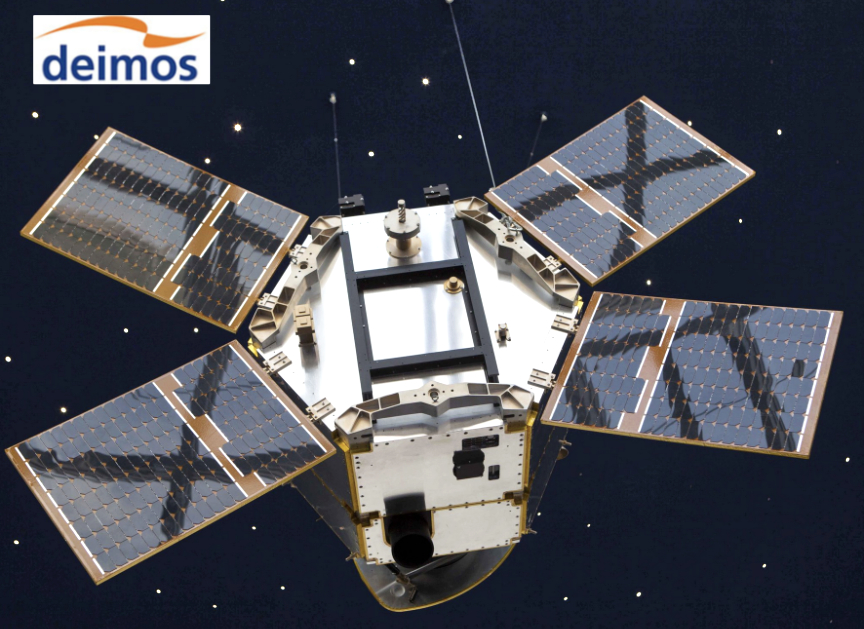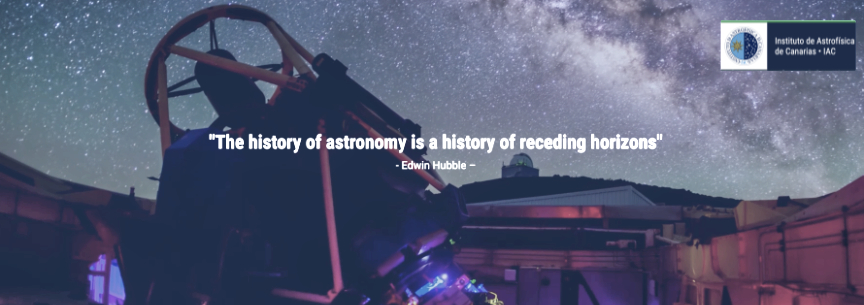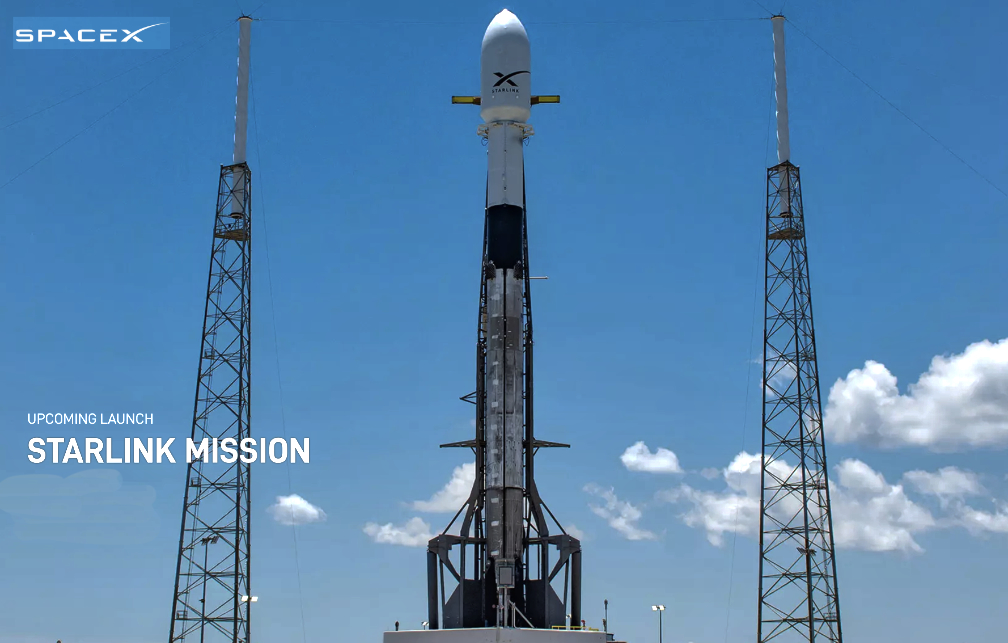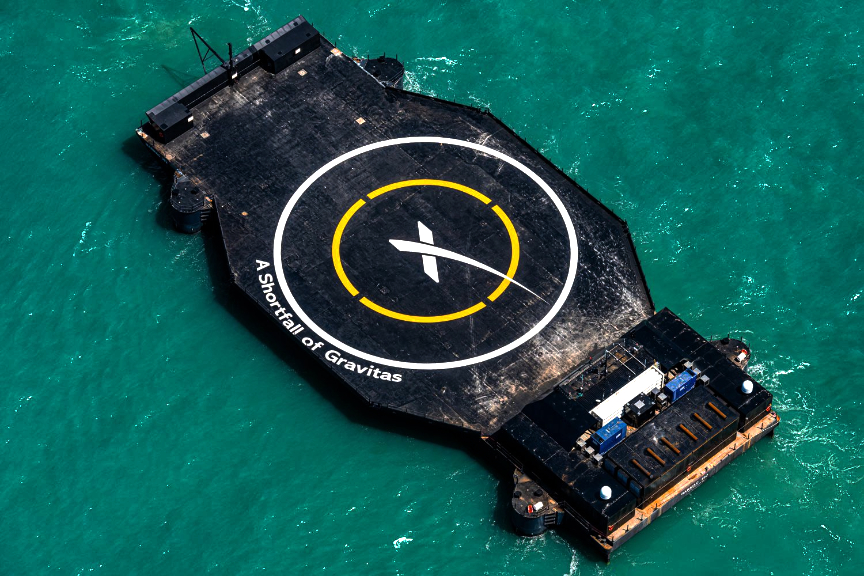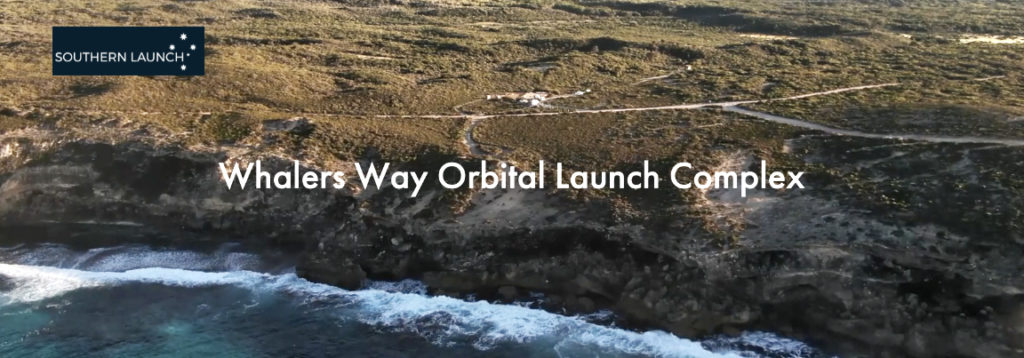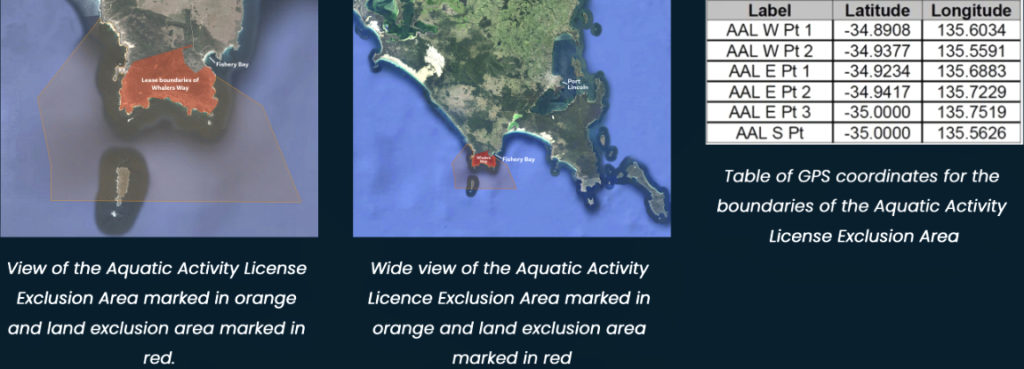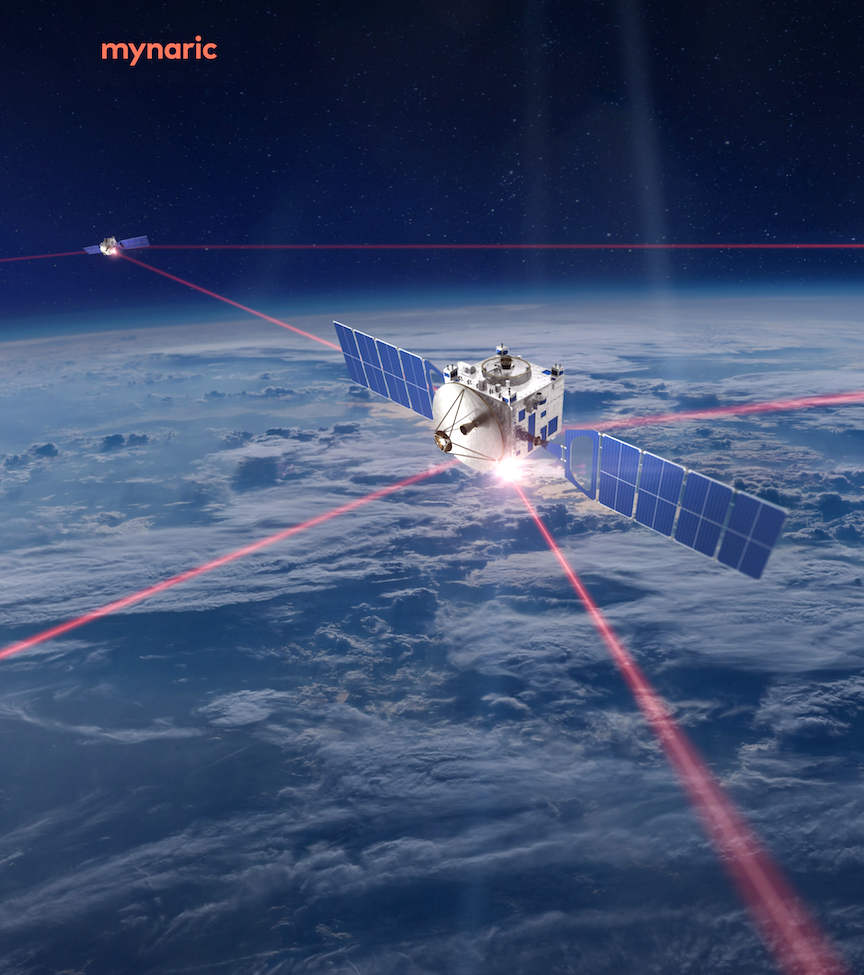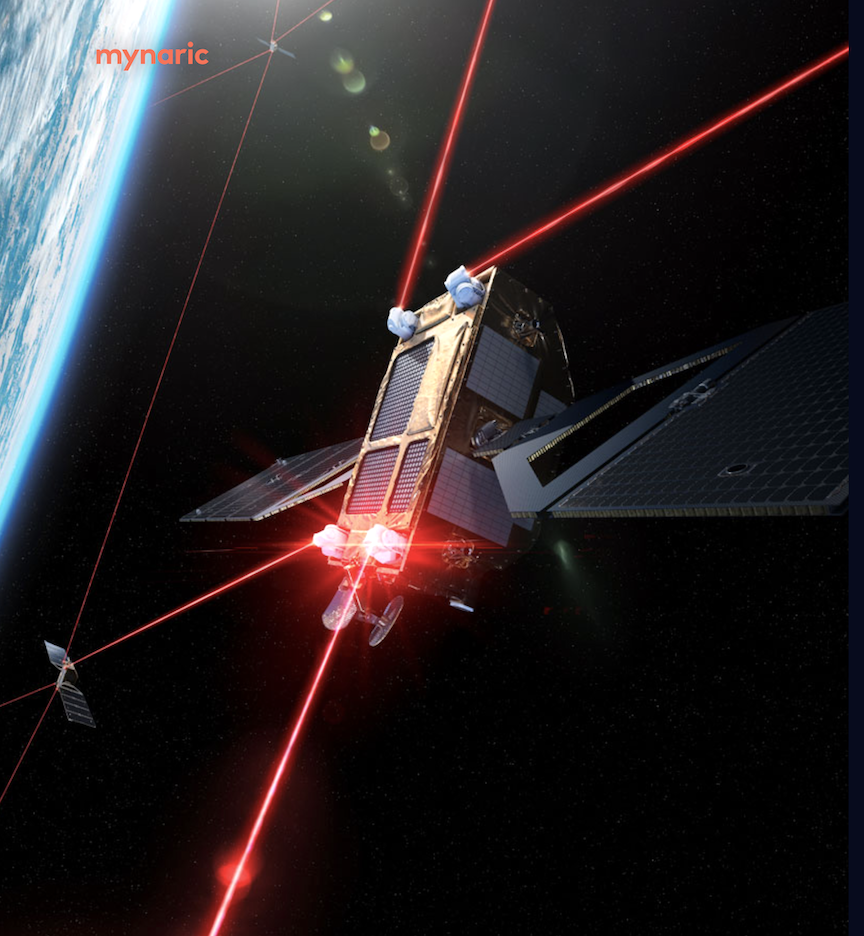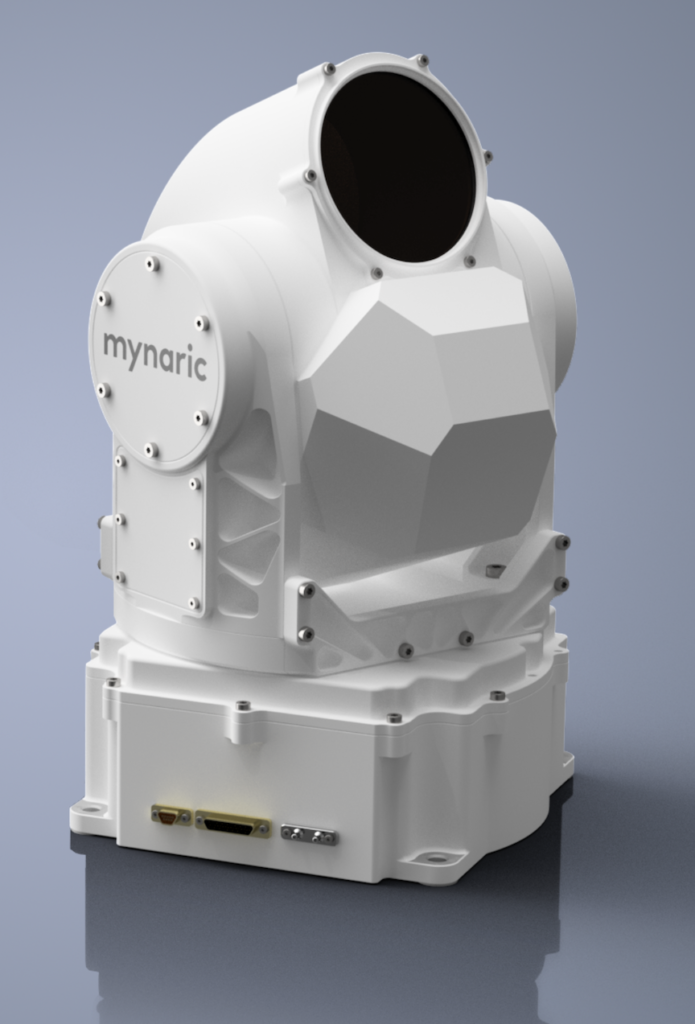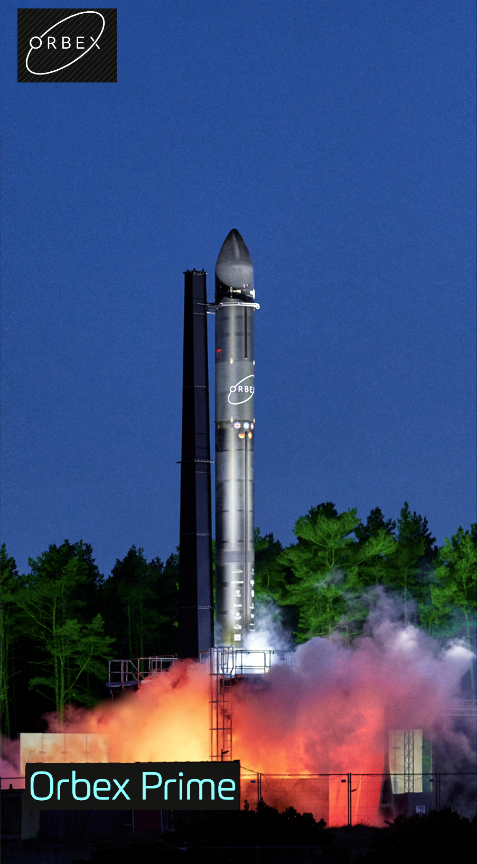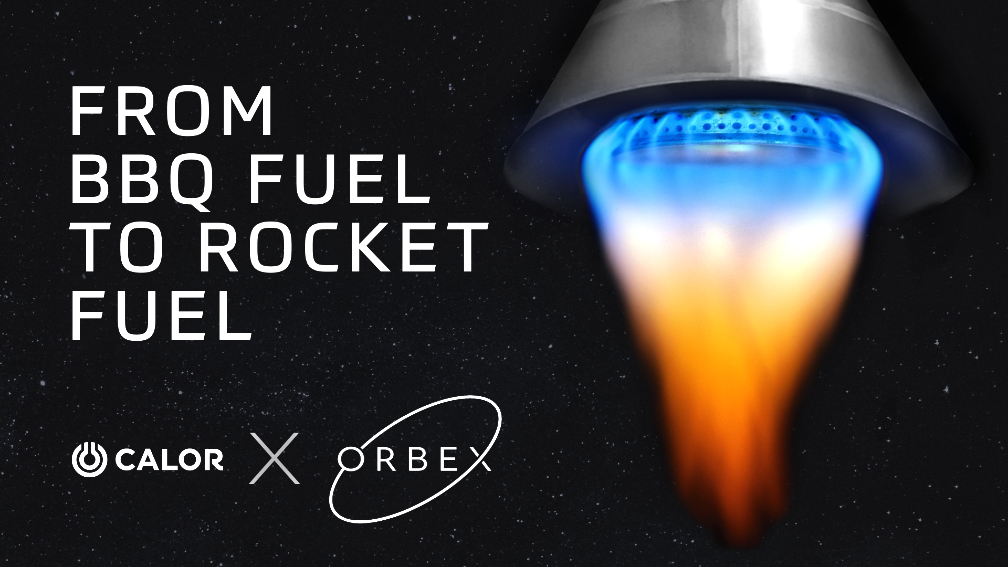
Recently, SI Imaging Services (SIIS) expanded their SAR imagery smallsats offerings via a new partnership agreement with SkyFi, giving that company access to SIIS’s VHR Korean Multi-Purpose Satellite (KOMPSAT) images.

SIIS is the sales representative of KOMPSAT series 2, 3, 3A, and 5. It contributes to the remote sensing and Earth Observation (EO) industries by supplying VHR optical and SAR satellite imagery through 160 partners worldwide.
KOMPSAT was developed under the Korean National Space Program by Korea Aerospace Research Institute (KARI). Customers from industries and governments use KOMPSAT imagery for their missions and research, such as defense, disaster monitoring, mapping, urban planning, agriculture, and so on.
The current marketplace for satellite imagery is convoluted and expensive. Typically, purchasers unable to spend six figures for images are shut out of the market. Those who can muster the minimum budget must negotiate with sales representatives and often find it difficult to nail down a firm price. SkyFi provides a special platform which empowers individuals and organizations to browse images, self-select the ones they want, pay a reasonable, transparent fee, and receive their photos in a few days.
Incorporating SIIS’s KOMPSAT data into its in-network constellation gives SkyFi additional, LEO image sources as well as access to their partner’s archive of existing photos. More images in a larger library translates to more choices and more precision for end-users. The ability to market the existing imagery is instrumental in their mission to democratize EO and simplify the way businesses and individuals purchase satellite photos by making them available through a user-friendly marketplace accessible by desktop computer and mobile device.
“SkyFi is extremely excited to partner with SIIS, a leader in the industry with earth observation solutions,” said SkyFi Chief Executive Officer, Luke Fischer. “With SIIS’s very high-resolution satellite imagery, SkyFi will be able to provide consumers of all types with a superior product. SIIS and SkyFi share a vision of establishing transparency to the earth observation industry and are excited to bring this vision to consumers.”
“Through the partnership with SkyFi, SIIS expects more visibility and accessibility of our very high-resolution KOMPSAT imagery for a broader customer base across various sectors,” said Moongyu Kim, CEO of SIIS. “SkyFi’s platform gives innovative and intuitive user experiences to customers in acquiring satellite images from various providers without forcing them to wade through any (space) jargon.”

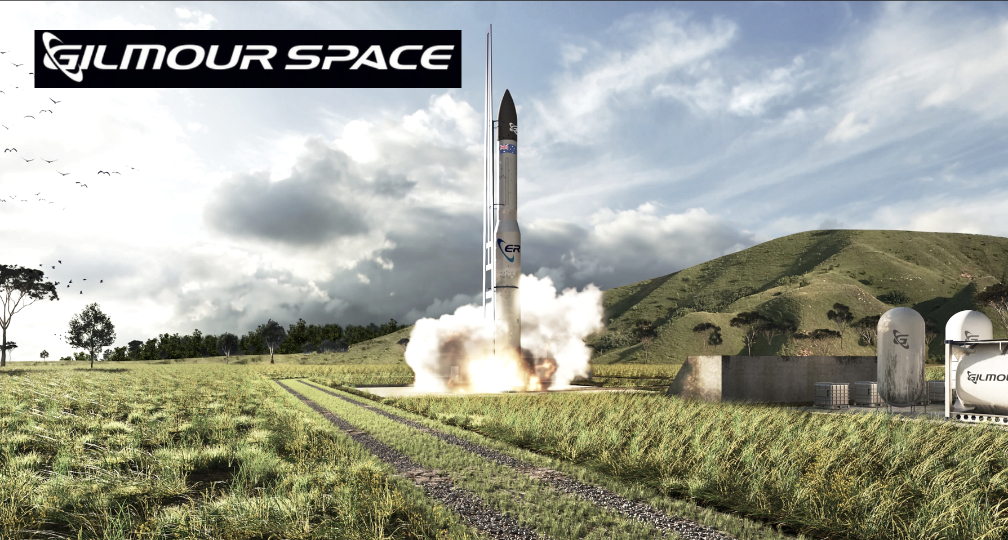


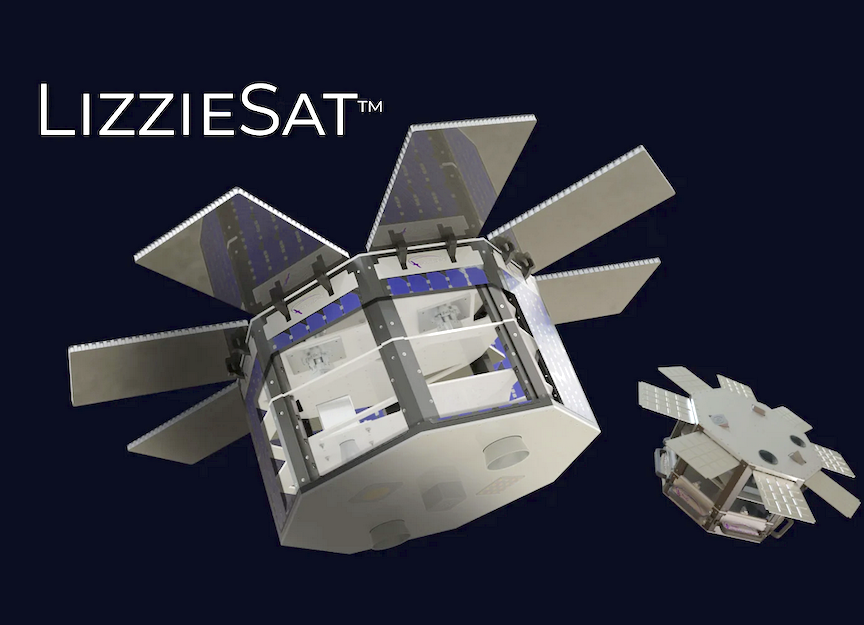
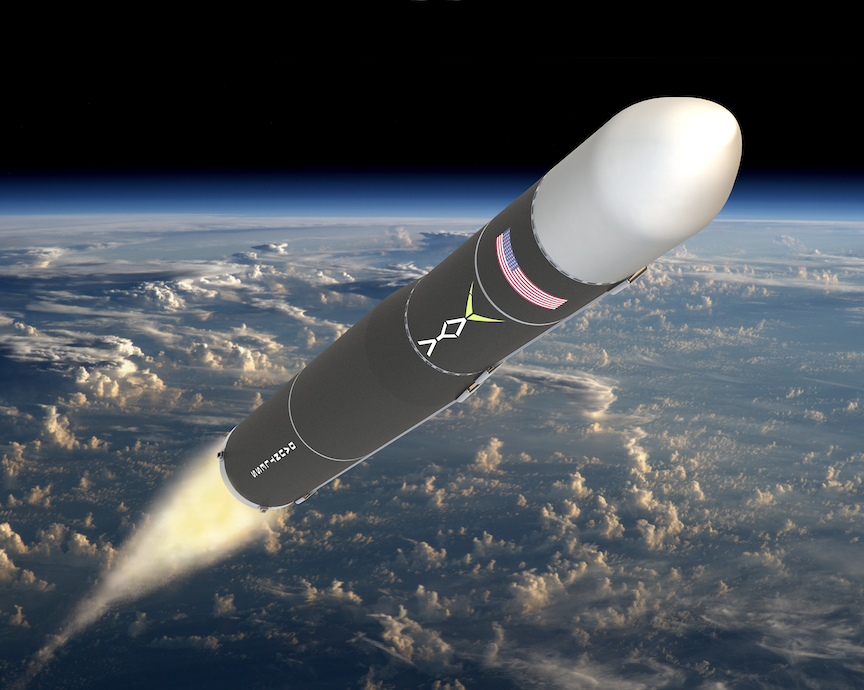
 with the signing of this launch agreement with Vaya Space.
with the signing of this launch agreement with Vaya Space.